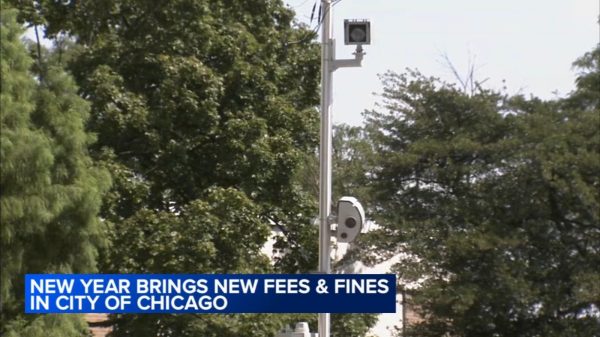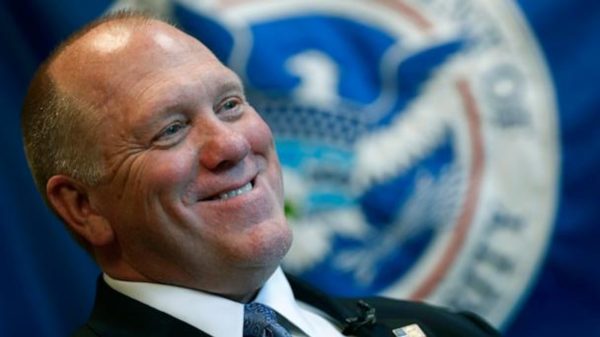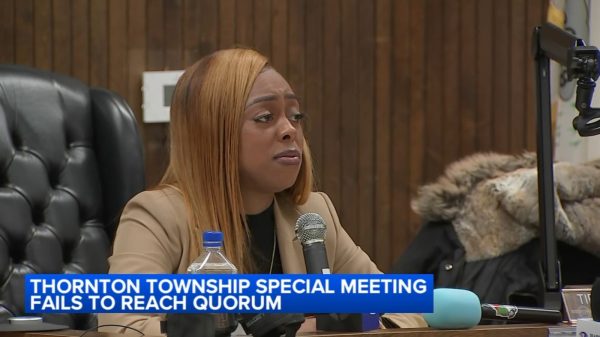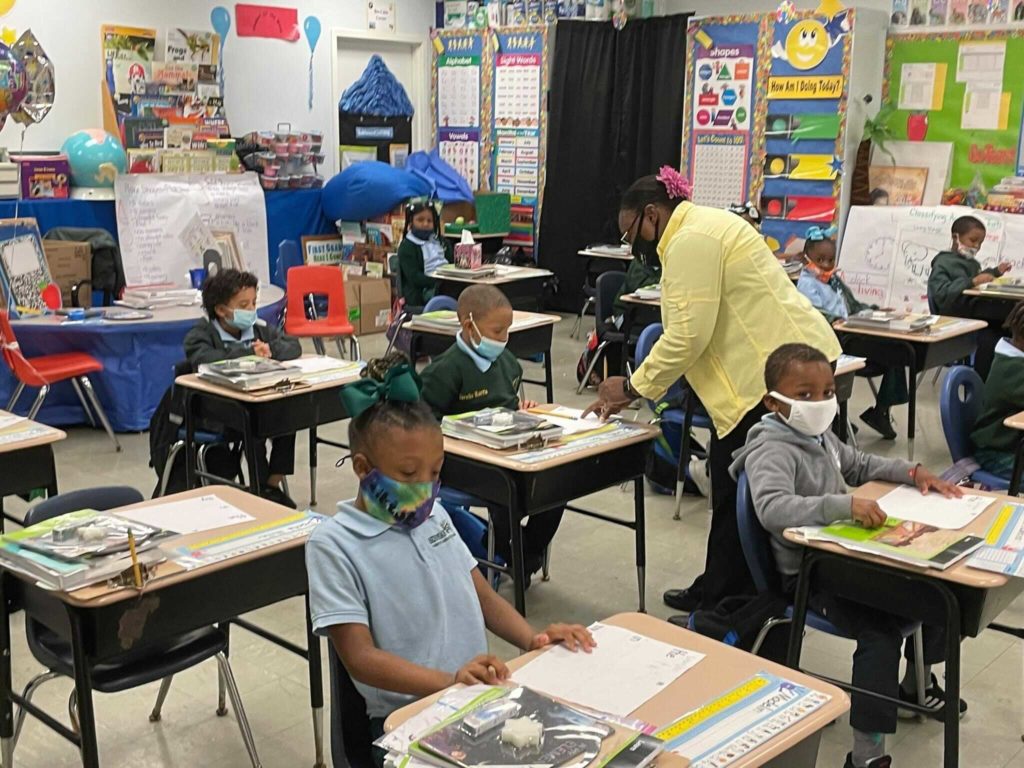U.S. public schools are facing severe staff shortages, prompting creative solutions like paying parents to drive kids to school while dealing with higher needs and declining enrollments as federal aid runs out.
Urban Districts Pay Parents Amid Staff Shortages
Urban school districts are paying parents to drive their kids to school due to bus driver shortages. Rural towns have adopted four-day school weeks and long-term substitutes are filling in for departed staff, according to the report of Washington Times.
Federal Stimulus Funds Exhausted
Despite $190 billion in federal stimulus schools still face many vacancies. The Department of Education reports an increase in districts needing to fill multiple teaching and non-teaching roles before the next school year.
Rising Needs and Declining Enrollment
Teacher recruitment is tough in states like Arizona, Florida, and Michigan due to increasing numbers of Spanish-speaking and special needs students, and burnout among educators.
Increased Staffing Despite Lower Enrollment
Public school staffing has increased by 97,000 since 2019-20, even though enrollment has dropped by 1.1 million students. Federal funding has driven this hiring surge especially in low-income multicultural districts.

(photo: Good Morning America)
Creative Solutions for Shortages
Schools are finding creative solutions for staffing shortages, like paying parents to drive their kids to school and certifying non-traditional candidates to fill teaching roles in Arizona.
Interim Leadership and Shortened Weeks
Over 150 large districts are looking for new superintendents and relying on long-term substitutes. Nearly 900 districts have adopted four-day school weeks due to staff shortages.
Non-Teaching Staff in Classrooms
Teacher shortages have led 42% of schools to use non-teaching staff in classrooms. Schools are also expanding teacher duties, increasing class sizes, and sharing staff across campuses.
Primary Schools Struggle Most
Primary schools, dealing with more bilingual and special education students, are particularly affected. Teachers are overwhelmed meeting diverse student needs, causing significant stress.
STEM Teacher Shortages
STEM subjects are hard to staff because of higher-paying career options in those fields. Districts like Mesa County in Colorado have increased salaries and bonuses to attract these teachers.
Shift to Private and Homeschooling
Many families switched to private education or homeschooling during the pandemic and are not returning to public schools, further impacting enrollments.
Alternative Certification and Salary Increases
States are using alternative certification pathways to address teacher shortages. Florida, for example, has a program for veterans and first responders to become teachers. Mesa Public Schools in Arizona have raised salaries significantly to attract special education and math teachers.
Unions and Colleges Blamed
School choice advocates blame teachers’ unions and education colleges for creating barriers to entry for new educators, advocating for alternative certification pathways.
Michigan’s Investments Show Results
Michigan’s investment of over $1 billion in addressing teacher shortages has led to a significant increase in teacher preparation program enrollments. Other states, like Nevada, have also made significant investments in K-12 education.
Federal and State Salary Increases
Federal and state initiatives have aimed to raise teacher salaries, with the Biden administration securing substantial funding. Critics argue that many districts did not plan well for the end of federal funding, leading to unsustainable hiring practices.
Preparing for Layoffs
Districts face layoffs due to budget constraints and declining enrollments. Experts recommend retaining quality teachers, especially in special education and STEM subjects, to balance workforce needs with financial realities.
Student Behavior Issues Post-Pandemic
Reports indicate increased student discipline issues since the pandemic. Some districts have added school resource officers to address safety concerns while supporting teachers and improving school climates.
Challenges in High-Need Areas
Schools with higher percentages of poor and minority students struggle the most with teacher retention. Raising pay and improving working conditions are critical in these areas to ensure equitable education opportunities.
Teacher and staff shortages in U.S. public schools highlight the need for innovative solutions, better working conditions, and strategic financial planning as federal stimulus funds run out. Districts must navigate these challenges to provide quality education.

















































